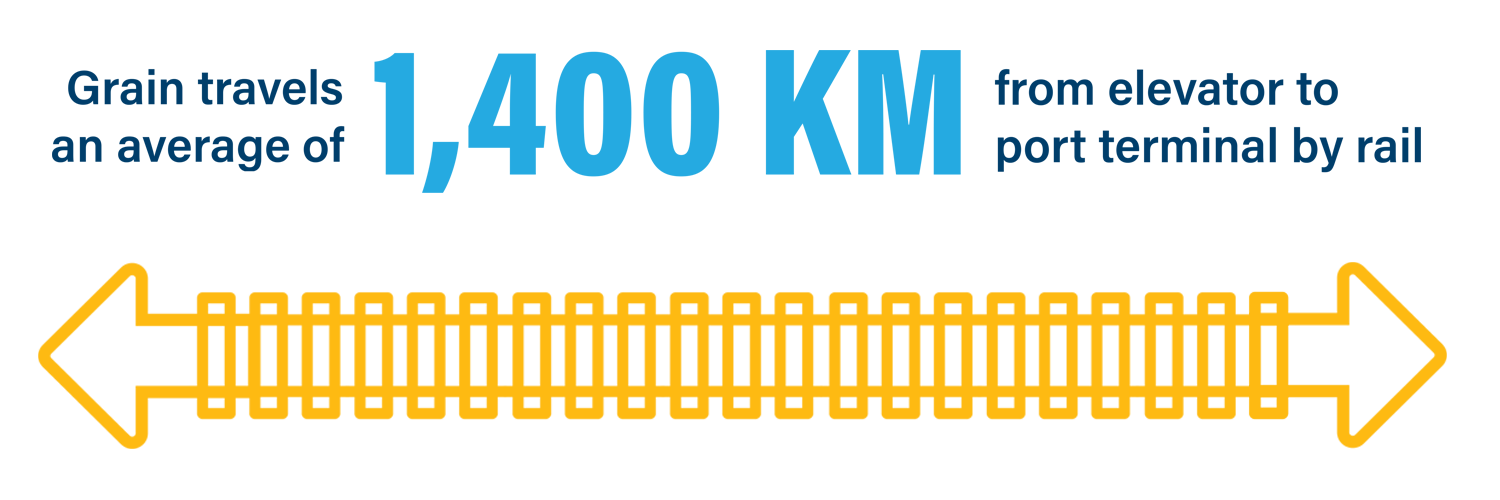Advocacy and Policy
Transportation
We advocate for a competitive and reliable transportation network that meets the needs of Canadian grain farmers. By promoting supply chain efficiency, we ensure that farmers can deliver their high-quality products to market on time. Reliable transportation is crucial not only for exporting grain but also for receiving essential farm inputs, proving the need for seamless transportation from farm to market.
Key Issues
Extended Interswitching
Extended interswitching is a critical tool for ensuring fair rail competition and market access for grain farmers across Canada. By allowing rail customers to transfer goods between competing rail lines over greater distances, it increases competition and drives down shipping costs.
Expanding the interswitching distance to 500 km would help more regions access competitive rail services, enhancing the efficiency of Canada’s supply chain. This ensures our agricultural products move swiftly to global markets, especially during peak harvest seasons when delays can cost millions. Investing in rural rail infrastructure and extending the pilot program will unlock the full potential of extended interswitching, benefiting farmers and the Canadian economy.
Canada has experienced six rail stoppages in the past decade, while the United States has seen one in the last 100 years

Trade-Enabling Infrastructure
More than 70% of Canada’s grain is exported to over 150 countries each year. However, without modern infrastructure, that success is at risk. Canadian grain farmers rely on efficient railways, reliable ports, and accessible highways to move their products to global markets. Unfortunately, aging infrastructure, like Vancouver’s Second Narrows Bridge, is creating serious bottlenecks and limiting trade capacity.
To stay competitive, Canada must invest in critical trade-enabling infrastructure, including ports and rail connections, to handle the volume and scale of our growing exports. We continue to advocate for strategic investment in critical infrastructure, policies that promote service options, and better planning to prevent repeated disruptions and support long-term reliability, efficiency, and market access for Canada’s grain sector.

